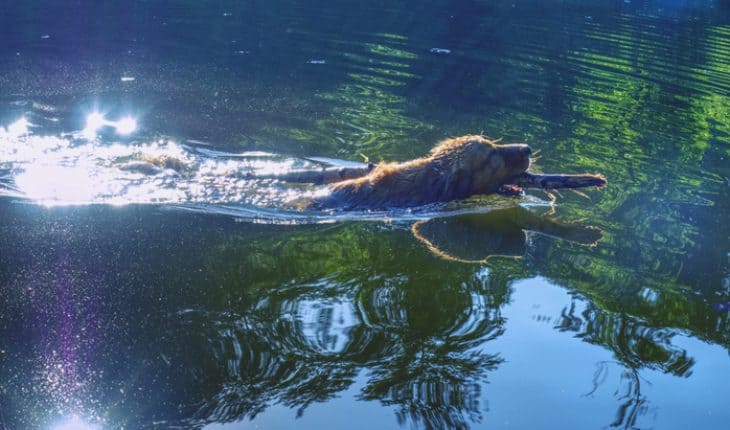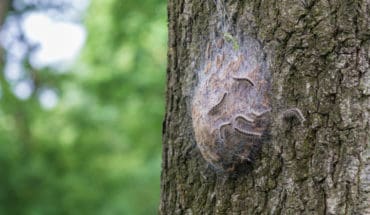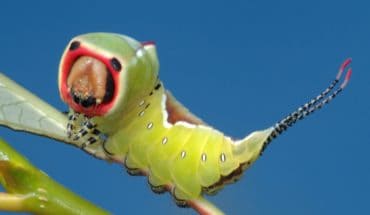Environmental Health often place blue green algae warnings around lakes, ponds and lochs. This warns members of the public not to enter the water, or let their dogs swim in or drink from it. Why? Because this common problem can be fatal to your dog in as little as 15 minutes.
Where you find it:
Blue-green algae are a group of bacteria (cyanobacteria) found in bodies of non-flowing fresh water such as ponds, lakes and estuaries. It produces toxins harmful to humans and their pets.
When you find it:
Blue-green algae are present all year round. However the largest algae blooms occur in late summer and early autumn, after long hot spells with little rain.
What it looks like:
The algae blooms sits as a scum on the surface of the water and looks like pea soup or green paint. This soup-like layer can apparently be seen from space! They also congregate around the end of lakes and ponds and may look like foam.
What it does to humans:
In humans the toxins can cause skin irritation such as rashes, sickness, stomach pains, fever and headaches. Children are at greater risk than adults.
What it does to dogs:
In pets it can be fatal to your dog in just 15 – 60 minutes as it triggers liver failure. Dogs which survive swimming or drinking algae-contaminated water, often suffer long term health problems.
The level of toxicity of blue-green algae is classed as moderate to severe so one or two licks of algae-contaminated water could result in fatal poisoning. There is currently no antidote for these toxins.
Prevention is better than cure:
Not all algae are poisonous, however since it is only possible to tell which ones are dangerous with proper analysis, it is better to avoid water you suspect may be contaminated. Often in water with a high concentration of toxic bacteria, there may be dead fish floating on the surface of the water.
Protection:
If you think your dog has been into water with algae in it, remove them immediately. Try and prevent them from licking or swallowing any of the water.
Hose them down thoroughly with fresh water.
Look out for any of the following symptoms:
- Vomiting/being sick
- Diarrhoea
- Seizures/fitting
- Weakness/collapse/unconsciousness
- Disorientation/confusion
- Drooling
- Breathing difficulties
Good to know:
It isn’t just large open bodies of water that could be a problem. Any water container, for example fountains or bird baths or even water butts in the garden can develop blue-green algae and pose a threat to your pet.
Fresh water:
Remove any standing water from the garden. Make sure your dog has plenty of fresh water so he is less tempted to drink from unsanitary sources.
Report possible cases:
If you think you have spotted blue-green algae but cannot see any warning signs, do report it to the Environment Agency who can investigate further.
- What is a seizure? - 13th March 2025
- Febrile Convulsions and Seizures in Children - 13th March 2025
- Why women are less likely to receive CPR or survive cardiac arrest - 6th March 2025






